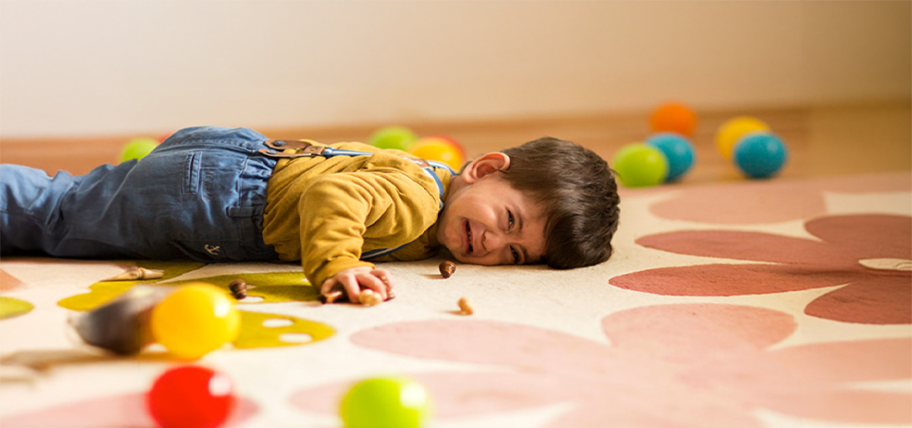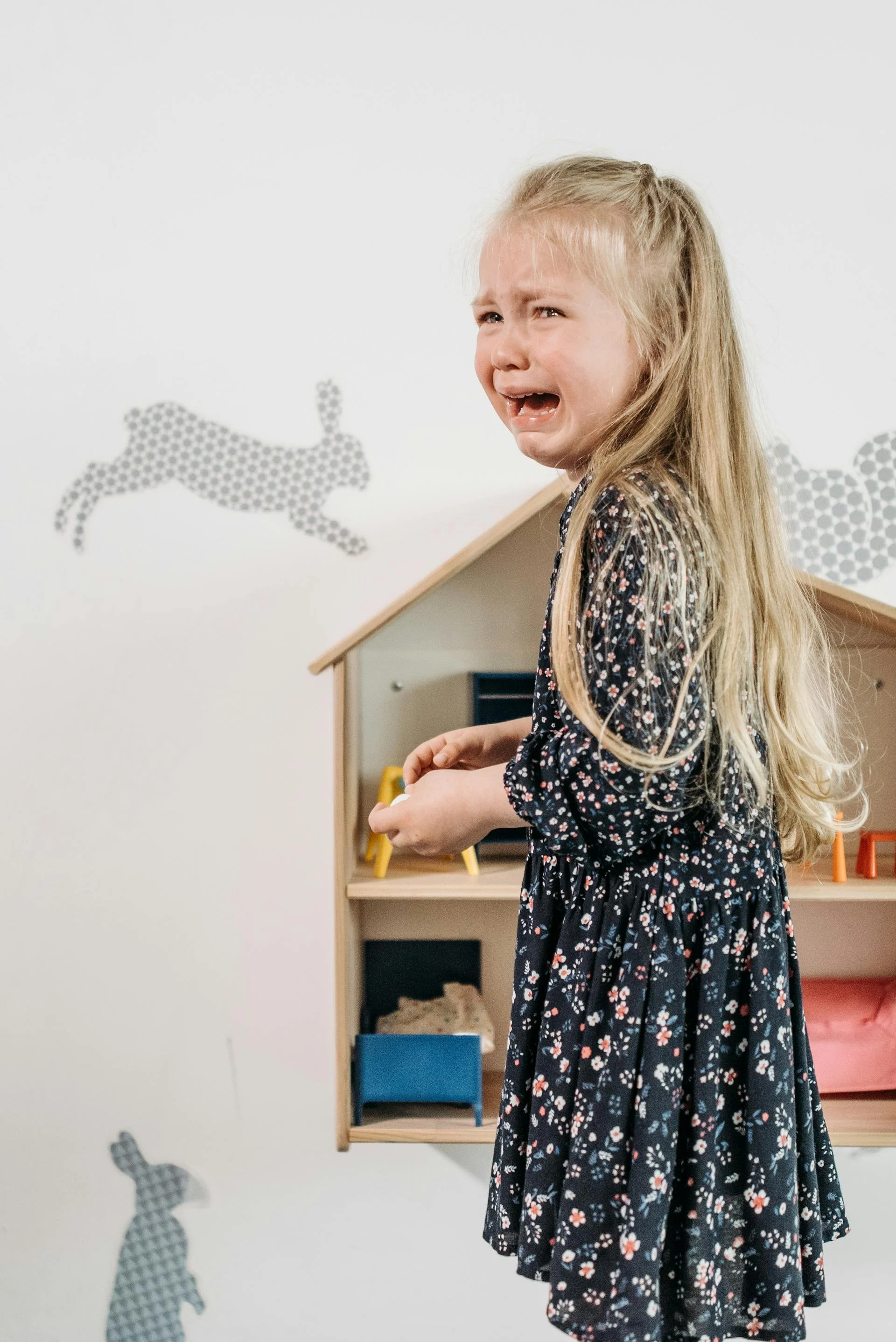Taming Tantrums (In Public)
“Don’t mix bad words with your bad mood. You’ll have many opportunities to change your mood, but you’ll never get the opportunity to replace the words you spoke”
— Anonymous
Tantrums. They can feel like mini emotional tornadoes, striking in the middle of a grocery store or right in the classroom. As parents and teachers, facing a child’s meltdown in public or at school can be overwhelming, but tantrums are a natural part of a child’s emotional development. In fact, they're a sign that a child is still learning to regulate their emotions.
What if we could turn these chaotic moments into opportunities for growth and connection? By focusing on mutual respect, encouragement, and teaching problem-solving skills, we can help children not just calm down but learn from these outbursts.
Why Do Tantrums Happen?
Before diving into the Positive Discipline approach, it’s important to understand why tantrums happen. Tantrums are often the result of unmet needs, frustration, or emotional overwhelm. Kids throw tantrums because:
They don’t know how to express big emotions.
They feel out of control.
They’re overstimulated, tired, hungry, or frustrated.
The goal isn't to stop tantrums from happening (that would be unrealistic) but to guide children through them in a way that teaches emotional regulation and builds their problem-solving skills.
Positive Discipline is about kindness and firmness at the same time. It's not about punishing or ignoring a tantrum but about addressing the behavior in a way that teaches valuable life skills. Here’s how you can help you manage tantrums both in public and at school:
1. Stay Calm and Model Emotional Regulation
One of the core principles of Positive Discipline is that children learn by example. When a tantrum strikes, whether in a store or in the classroom, it’s easy for your own frustration to bubble up. But staying calm is key. If you want a child to learn how to regulate their emotions, you need to model it yourself.
Tip: Take a deep breath before responding. Remind yourself that this is an opportunity to teach, not punish.
2. Validate Their Feelings
Positive Discipline encourages us to validate children's emotions. This doesn’t mean giving in to the tantrum, but it does mean acknowledging how they feel. Often, a child just needs to know that they’re seen and heard. Saying something like, “I see you’re really upset right now,” helps them feel understood and begins the process of calming down (“name it to tame it”).
Tip: Use short, simple phrases: “You’re feeling frustrated because we had to leave the park,” or “I know you wanted that toy, and it’s hard to hear no.”
3. Give Limited Choices to Empower Them
When kids have tantrums, it's often because they feel a lack of control. Positive Discipline suggests giving children choices to help them regain a sense of autonomy. Instead of telling them what they can’t do, offer them two acceptable choices that allow them to feel in control of the situation.
Tip: “We can either leave the store now or take a break and sit down for a minute before we go. Which would you like to do?”
4. Set Clear, Kind Boundaries
Firmness is essential in Positive Discipline. Tantrums often occur when a child is testing boundaries or struggling with transitions. It’s important to hold firm boundaries while still being kind and empathetic.
Tip: Acknowledge the child’s frustration but stick to the boundary: “I know you’re upset that we can’t buy that toy, but we’re only getting groceries today.”
In Positive Discipline, a “positive time-out” isn’t a punishment but a tool to help children calm down and regain control. You can create a quiet, calming space at home or in the classroom where children can go when they’re feeling overwhelmed. This gives them the time they need to cool down, reflect, and return when they’re ready to talk.
Tip: Ask your child if they would like to take a break in the designated “calm-down corner” or suggest a quiet activity to help them self-regulate
Tantrums, whether in public or at school, are part of the learning process for both children and adults. By applying Positive Discipline principles, we can shift our perspective and view these moments not as disruptions but as opportunities to teach essential life skills like emotional regulation, problem-solving, and respectful communication.
The next time you find yourself dealing with a tantrum, take a deep breath, stay calm, and remember—this is a chance to guide a child toward becoming a more emotionally aware and resilient person. With kindness, firmness, and a little bit of patience, you’ll help turn those difficult moments into meaningful learning experiences.
Let’s embrace tantrums for what they are: opportunities to teach, connect, and grow.






